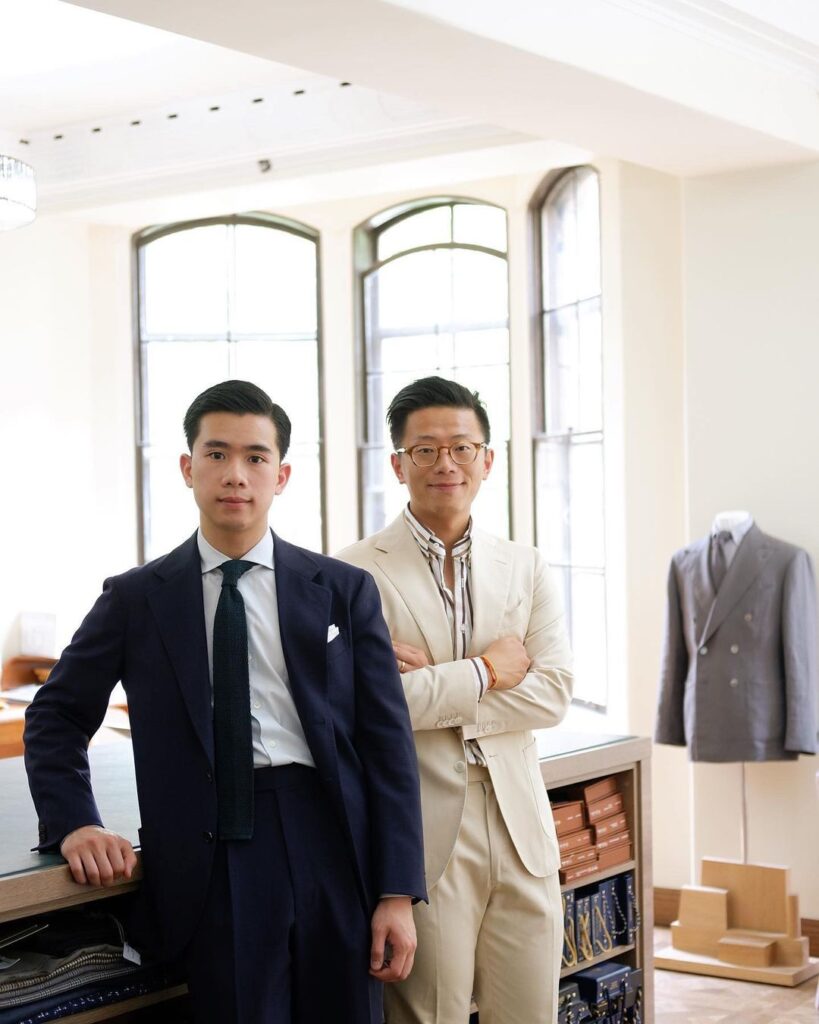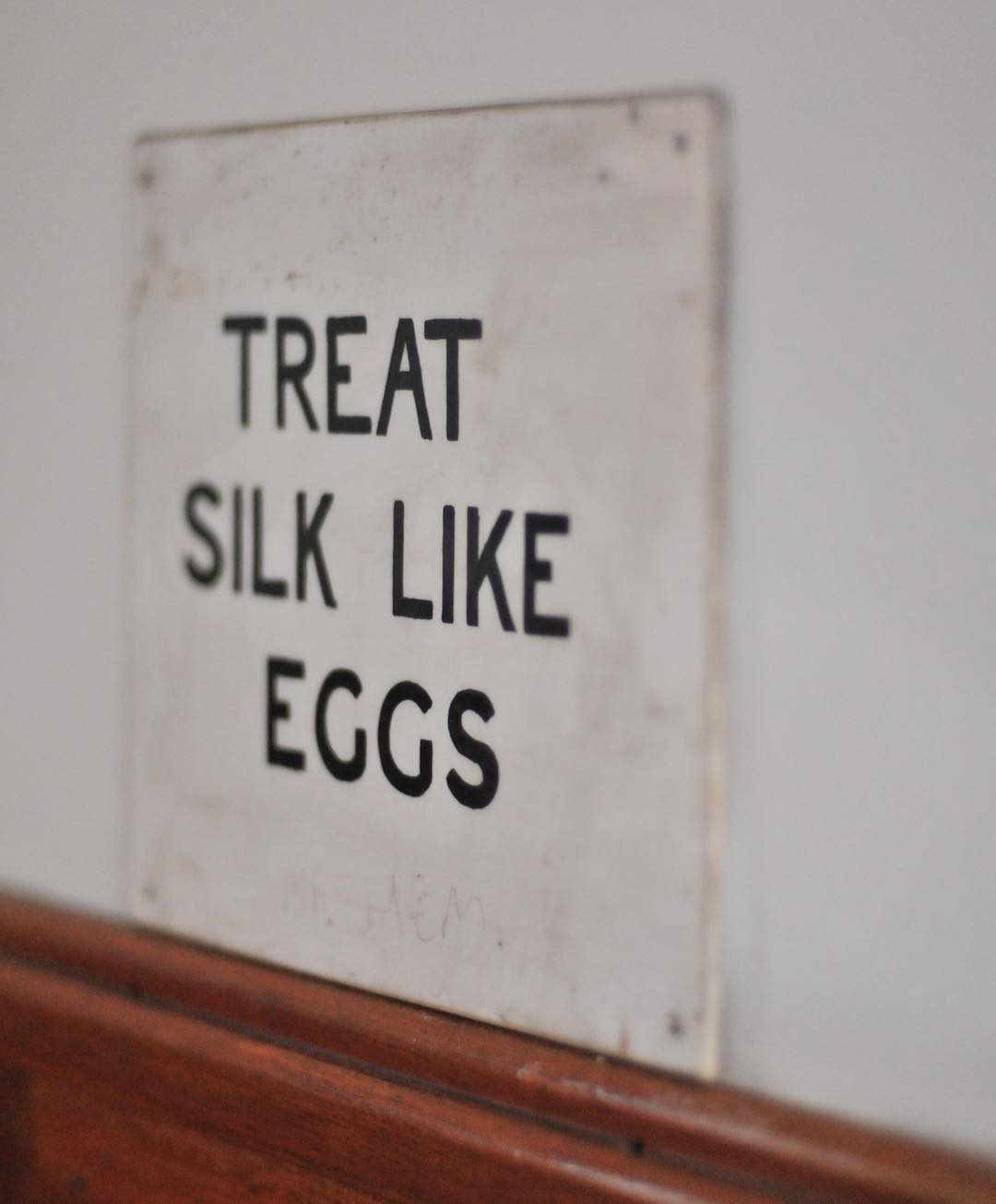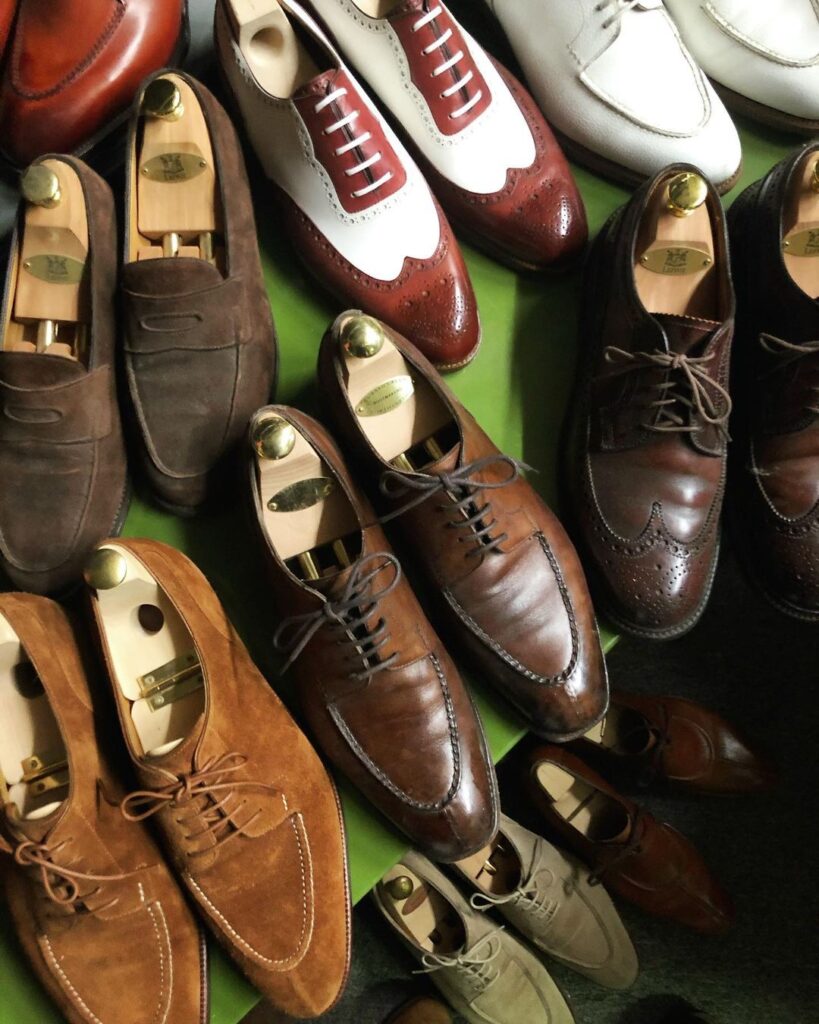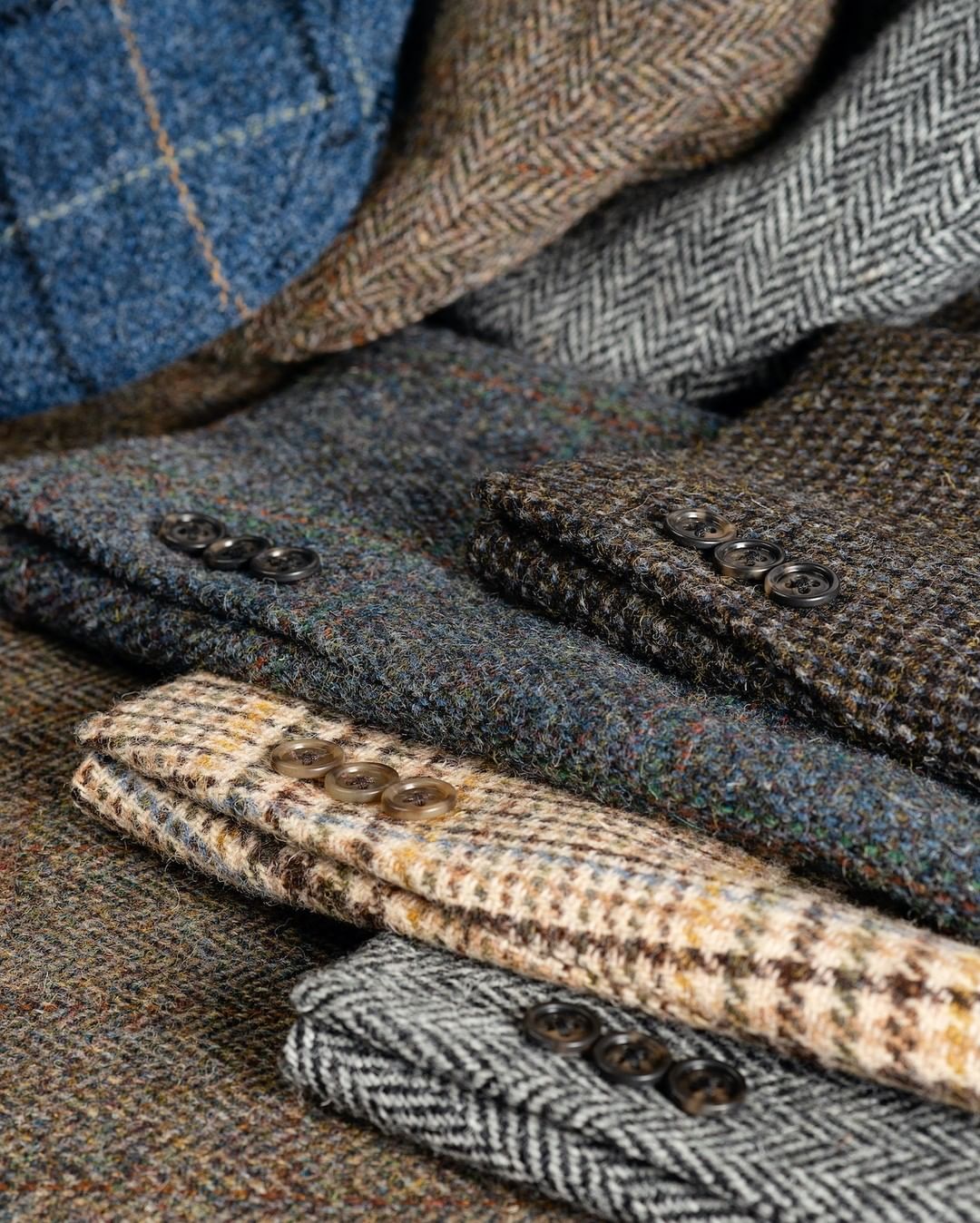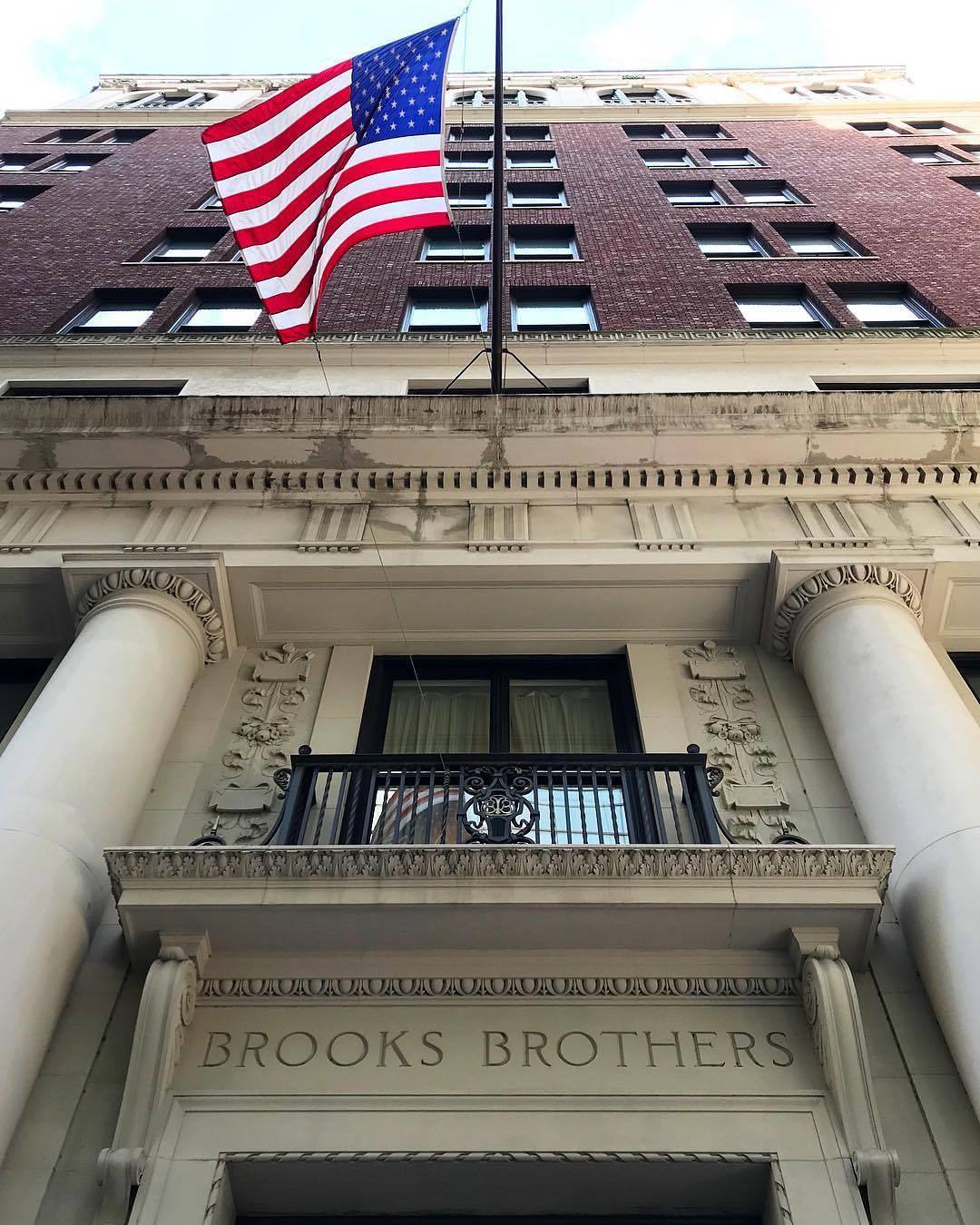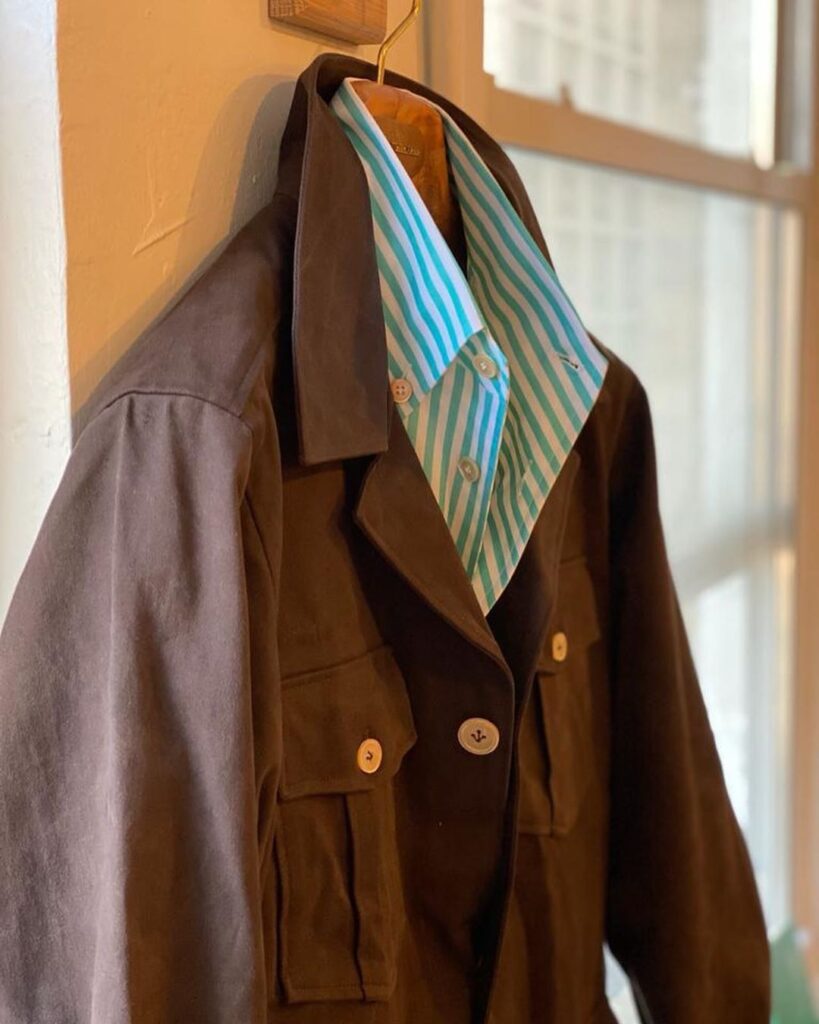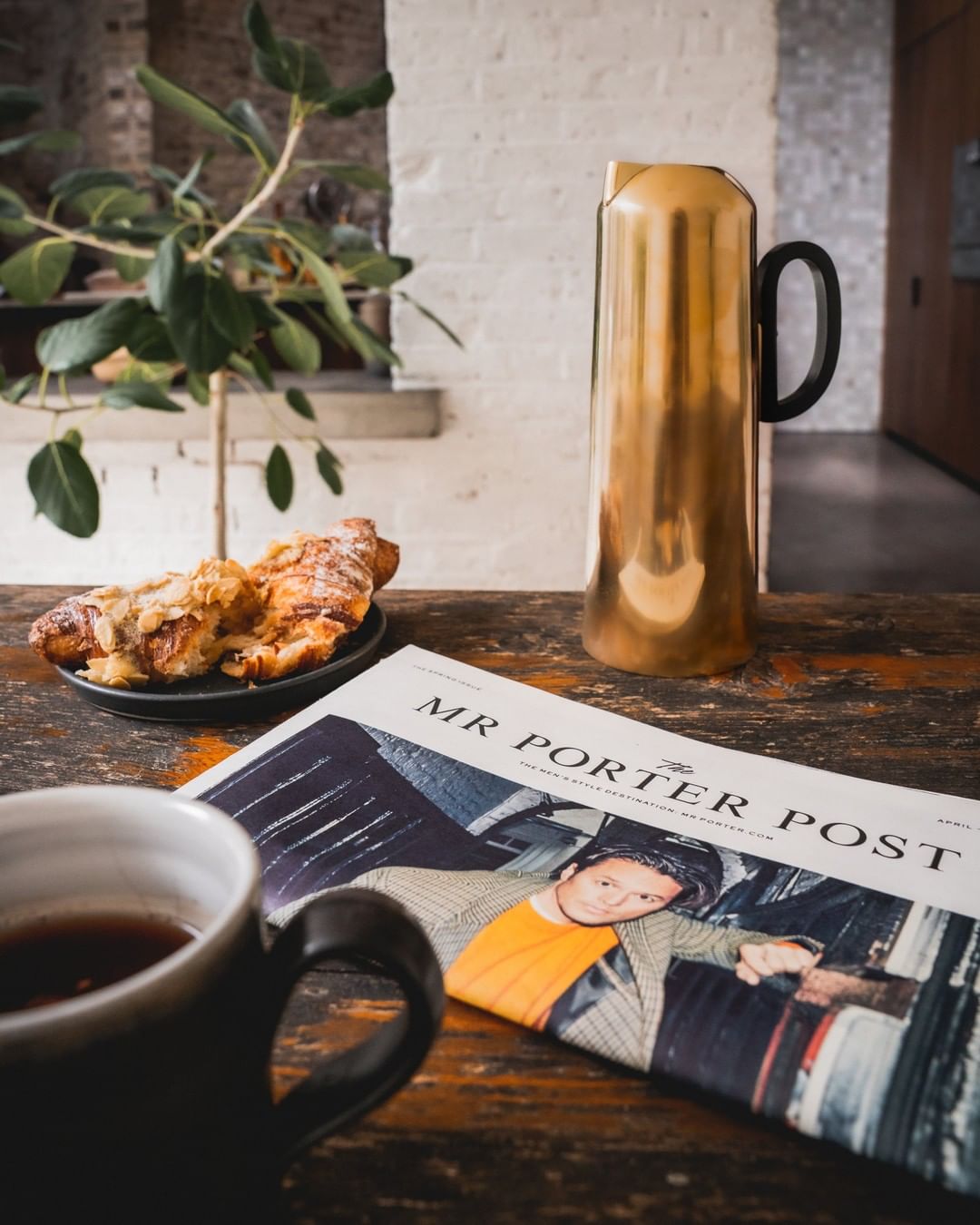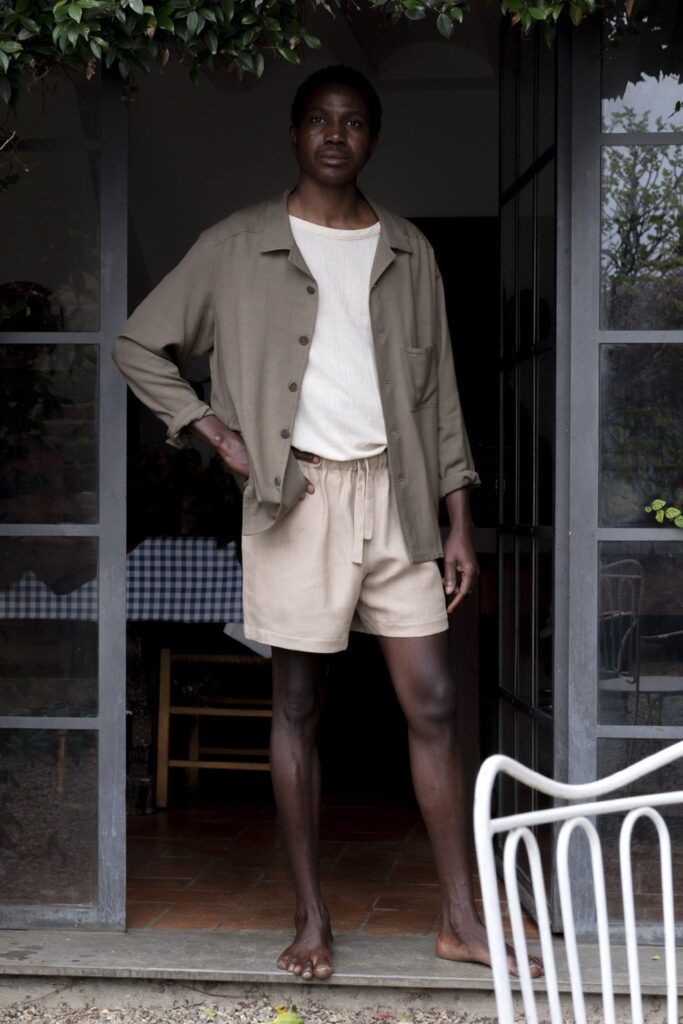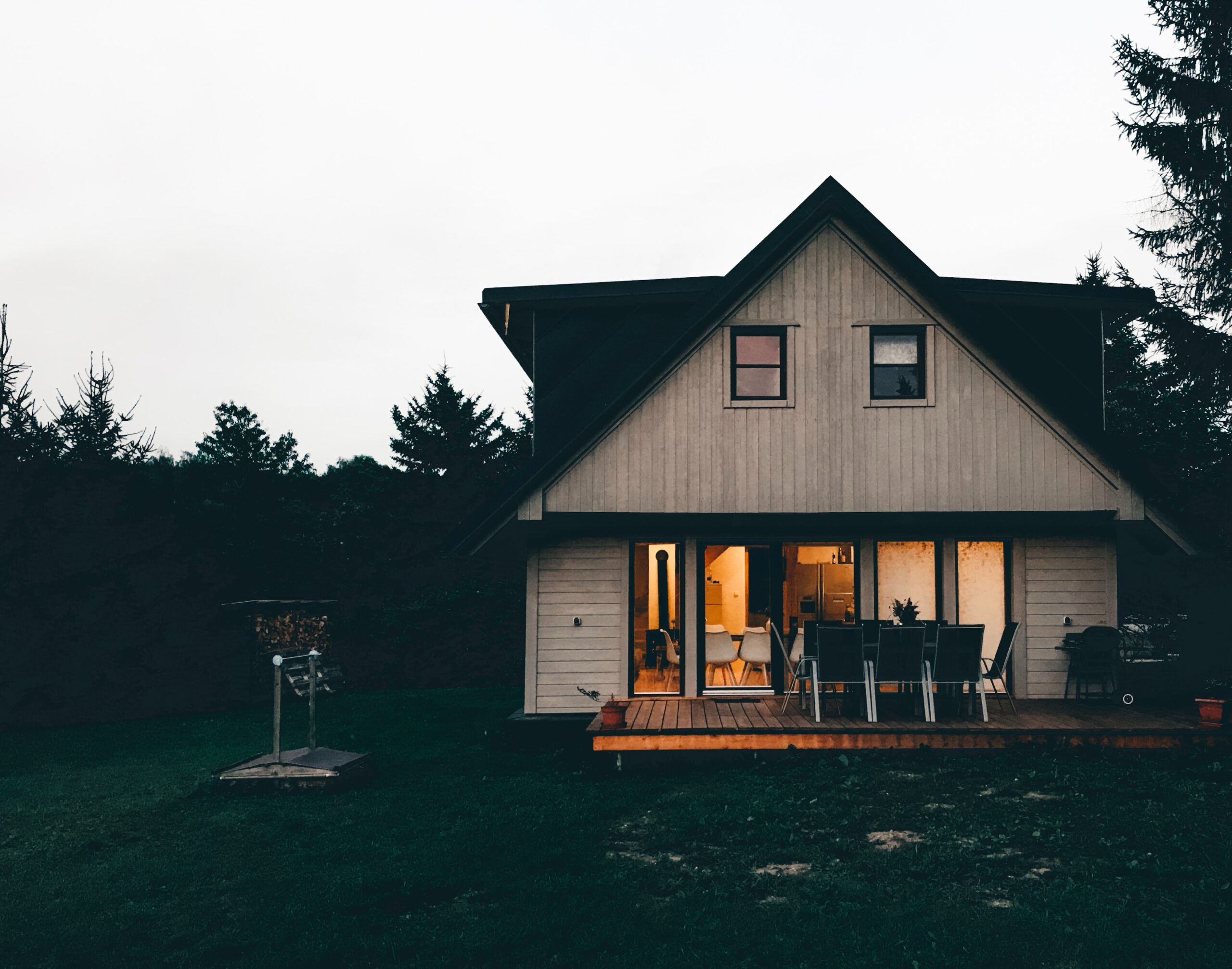Excited to Wear This Spring
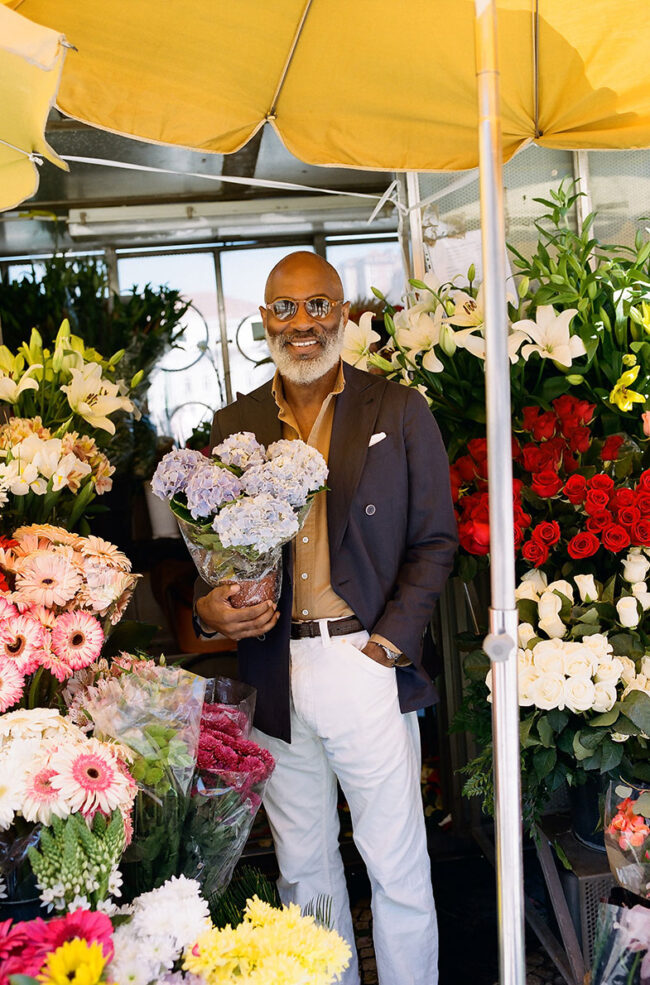
By many accounts, life in the United States is supposed to start feeling more normal sometime this year. It's unclear what "normality" will look like in a post-vaccine world — who knows when we'll return to crowded bars, restaurants, and offices — but we may have small gatherings by summer. Which, of course, means the ability to dress again.
In the last year, many people have become sharply aware of the pleasure that clothes can bring to their daily routine. Yet, without the ability to move through the world and be seen, few people truly get dressed. These days, I mostly wear things that sit somewhere between loungewear and tailored clothing. I don’t like the feeling of wearing shapeless sweats all day, but I also don’t feel motivated to put on a tie. So, I wear comfy flannel shirts, raw denim jeans, and five-pocket cords, sometimes with a sweatshirt that I can easily launder at home. At the same time, when going out in public, I want to feel good about my outfit without having to fully change. This at-home uniform then serves as a base layer for outerwear with structure, texture, and weight, reminding me that brief moments outside are special.
I imagine many people will be dressed in some version of this for much of this year, as they balance comfort, presentability, and ease of cleaning. If you're in that position, here are some things I'm excited to wear this spring, either in this in-between mode or as easy get-ups that don't require special care.
Keep reading
